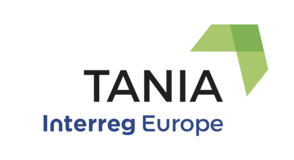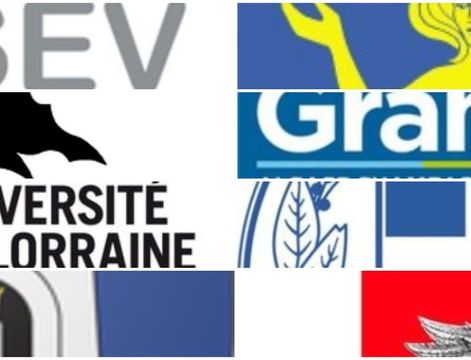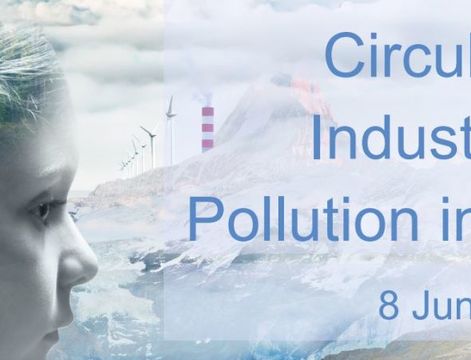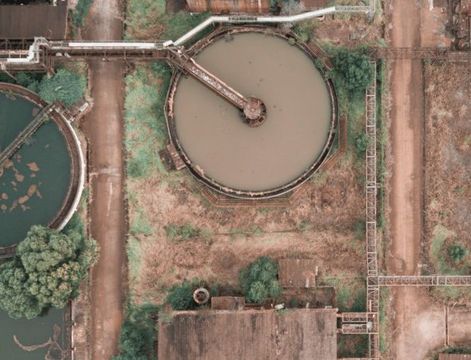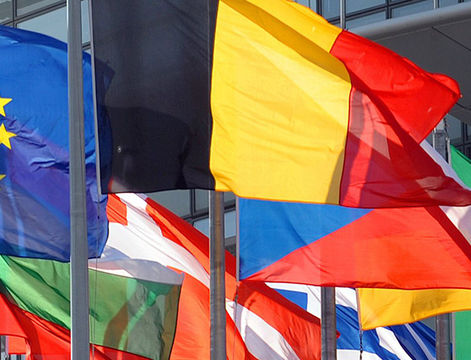The experiences of the GISFI Laboratory of the French region of Lorraine and of the SOILIA Laboratory of the Finnish region of Päijät-Häme, two open-air public-private laboratories in which innovative environmental remediation solutions on polluted soils and sediments are tested and validated under real conditions, were analysed and compared during the a Tania Bilateral Exchange, promoted by the Tuscany Region and DT Materiali.
The meeting was aimed at understanding the relationship between innovation and the environment, starting from a survey of current regulations, innovative technological solutions in the sector and making a first examination of their real opportunities for experimentation and subsequent integration into the actions of remediation of water and land, as well as to formulate proposals to be developed in the context of the Smart Specialization Strategy (RIS3) and policies of circular economy and Industry 4.0. The objective was to launch in Tuscany a process of analysis on the possible ways and opportunities for implementation of an initiative inspired by these experiences, as well as evaluate the opportunities for collaboration and international partnership with the two realities already structured.
After the opening greetings of Stefano Ciuoffo, Councillor for Productive Activities of the Region of Tuscany, Lorenzo Sabatini (Asev - DT Materiali) introduced the meeting. Following were presented the two case studies by Jean-Louis Morel (Université de Lorraine), who spoke on the French Laboratory GISFI and by Martin Romantschuk (University of Helsinki), who illustrated the characteristics of the Finnish Laboratory SOILIA. A phase of comparison between the participants, moderated by the Region of Tuscany, followed. Final speech by Albino Caporale, Director of Productive Activities of the Region of Tuscany.

During the morning another Bilateral Exchange was conducted between ARPAT and Region Grand-Est representatives. The meeting was focused on SISBON, a tool for monitoring contaminated sites in Tuscany and managing reports.
The case of SISBON proved to be of particular importance for the Grand-East Region (Partner 4), which considered it important to propose a bilateral exchange with ARPAT, the managing body of the SISBON regional instrument. It was an opportunity to clarify on the difficulties inherent in the transfer and effective implementation of the instrument from both a regulatory and a technical point of view, to discussion on possible problems that may arise in the future and how to manage them and finally, to understand how best to manage the tool during implementation phase. The final objective of the meeting was to foster the start-up of a process of analysis on the possible ways and opportunities to transfer and implement in France an initiative inspired by this tool.

